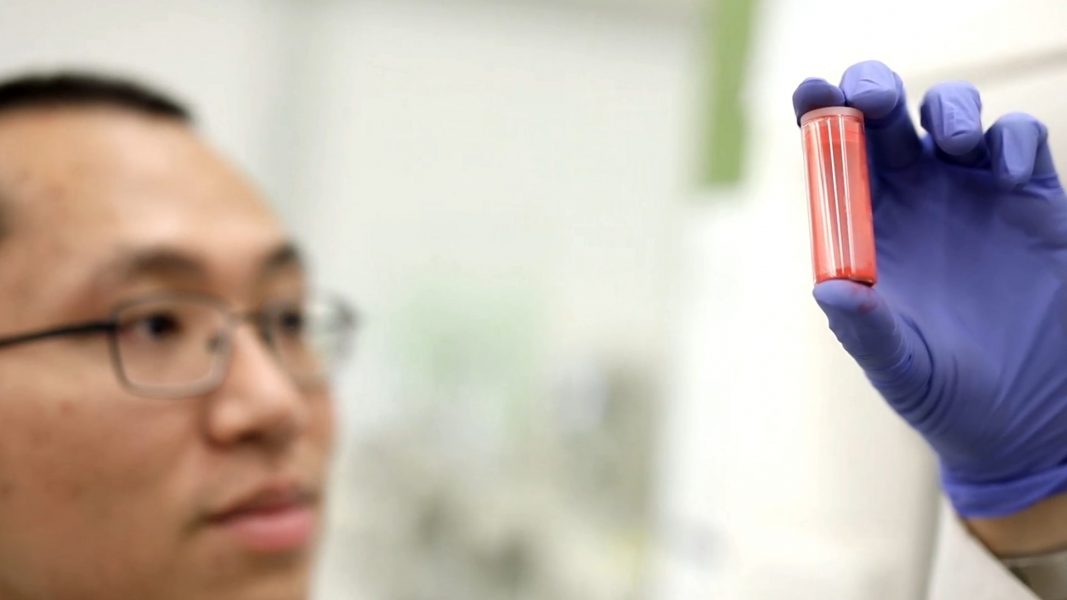Solar cells convert the ubiquitous power of the sun into electricity, making them an especially attractive source of sustainable energy. To do so, however, the cells should maintain their performance despite a constant onslaught of the elements, humidity being a particular challenge for perovskite solar cells.
In their paper in Advanced Energy Materials, Sagar M. Jain from Swansea University Bay Campus, Prashant Sonar from Queensland University of Technology, and their co-workers report derivatives of the dye anthanthrone (ANT) as moisture-resistant, dopant-free hole-transport materials (HTMs) for perovskite solar cells.
Sagar M. Jain: “HTMs are a key feature ensuring high power conversion efficiency in perovskite solar cells, as they assist hole transport and suppress charge recombinations. To achieve environmentally stable perovskite solar cells, it is very important to avoid the use of moisture-sensitive dopants in perovskite solar cells, as those used in traditional Spiro-based HTMs.”
Prashant Sonar: “The anthanthrone (ANT), or also called VAT orange 3 dye, from its color, is a promising, rarely used, low-cost starting polycyclic aromatic hydrocarbon conjugated building block. Its 4, 10, 6, and 12 positions can be utilized effectively for chemical functionalization, which can create a range of exciting, new conjugated materials with interesting optoelectronic properties.”
Hong Duc Pham (David): “We design and synthesize two novel hole-transporting materials, namely ACE-ANT-ACE and TPA- ANT-TPA, for perovskite solar cell devices from ANT dye.”
The researchers prepared dopant-free-HTM-based devices and compared them to devices based on the traditional Spiro-based HTM, doped Spiro-OMeTAD.
Prashant Sonar: “Strikingly, the power conversion efficiency of our newly developed TPA-ANT-TPA hole-transporting materials slightly exceeds that of doped Spiro-OMeTAD, which is a commercially available material, and the power conversion efficiency is maintained for an extended period of time.”
The decrease in photovoltaic performance caused by prolonged exposure to humidity is much slower for TPA-ANT-TPA-based devices than for those using Spiro-OMeTAD. Improved quenching of perovskite photoluminescence and more effective hole extraction are also evidenced in TPA-ANT-TPA over Spiro-OMeTAD.
Prashant Sonar: “Overall, our elegant molecular-engineering strategy clearly provides a solution for stability enhancement and lowering the cost of perovskite solar cell technology.”
To learn more about this inexpensive, highly stable, dopant-free HTM for perovskite solar cells, please visit the Advanced Energy Materials homepage.

















